Full-size pickups are some of the best-selling vehicles in the U.S. year after year. Their fiercely loyal customers eagerly anticipate and endlessly discuss the release of any new model. But the 2014 Ram 1500 was not all-new. Its last full redesign came in 2009, and we bought one to try out its revolutionary coil-spring rear suspension.
Read the 2014 Ram 1500 EcoDiesel’s introduction to our long-term fleet.
See all of the 2014 Ram 1500 EcoDiesel long term updates.
What We Got
Why buy another? In 2014, Ram brought a diesel engine to the light-duty segment, an option that hadn’t been available for decades. Known as the EcoDiesel, the 3.0-liter turbodiesel V6 put out 240 horsepower and 420 pound-feet of torque and offered best-in-class fuel economy. It also came paired with another new-for-2014 innovation, an eight-speed automatic transmission.
This sought-after combination was offered on most trim levels, but high initial demand made them hard to find, especially since we were looking for a crew cab 4×4 with the 5-foot, 7-inch short bed, the most popular configuration. We finally located a Laramie, one of the pricier grades, and it carried a base price of $45,525.
The EcoDiesel powertrain added another $2,850. Other notable options included navigation ($500), bucket seats and a console instead of a bench ($500) and the Convenience Group’s keyless start, rain-sensing wipers and auto high beams ($495). These and other options brought the sticker price up to $53,010. A $2,500 factory cash incentive knocked that down to $50,510, but we were unable to negotiate any further discounts because the diesel was in such high demand.
Our typical long-term test lasts 12 months and 20,000 miles, but this 2014 Ram EcoDiesel proved to be so popular that we stretched that out to 50,000 miles. Here are some of our observations.
Performance
- “The Ram’s diesel has a good slug of midrange torque that made towing a breeze. In fact, loaded in this way, the diesel was actually more responsive than when unladen. This is because the extra load keeps the turbo spooled up and primed for action. Dip into the right pedal at a cruise and the torque is always right there. Nice.” — Jason Kavanagh
- “We said goodbye and were ready to roll with a 6,000-pound trailer that weighed even more because of the items we’d added, plus a full bed and a very full cab. I don’t think the total rose to the level of the Ram’s GCWR, but it couldn’t have fallen short by much. The Ram failed to strain up any of the numerous grades. The little 3.0-liter turbodiesel V6 engine that could, did — without hesitation.” — Dan Edmunds
- “I always notice that the diesel engine is noisy at startup, but once I’m on my way, all I notice is the abundance of usable torque. I’ve never missed a hole in traffic, and the eight-speed automatic transmission rarely calls attention to itself, which must mean that its shifts are well-timed and smooth.” — Erin Riches
MPG
- “I had gone 700.1 miles on one tank of fuel, which worked out to 27.8 miles per gallon. This is the first time we’ve surpassed the EPA’s 27 mpg highway rating for the 4WD EcoDiesel, and it beat the last mileage record (607) by nearly 100 miles. Sure, 80 percent of those miles were on the highway, but the Ram also did 150-ish city miles during that tank.” — Travis Langness
- “Over the entire distance, the Ram 1500 Ecodiesel averaged 18.8 mpg with this not insubstantial load. Along the way, the Ecodiesel’s best towing range was 438 miles and its best tank was 20.5 mpg. The worst towing tank, the one over the rainy mountains out of Bend and over several summits along the I-5 corridor, was 17.1 mpg.” — Dan Edmunds
Comfort
- “A lot has been said about the ride quality in our 2014 Ram 1500 EcoDiesel, and rightly so. It bucked the trend (see what I did there?) of full-size trucks being rough-riding, bouncy affairs and instead showed us that, with a little suspension black magic, a big truck could indeed have a comfortable, relaxed ride.” — Kurt Niebuhr
- “Possibly the best thing about the Ram is what you don’t notice: noise. Road, wind, tire and engine noise are all minimal. I did several 850-mile days in the Ram and could have gone longer.” — Josh Jacquot
- “It was near 90 degrees on the way back down the trail, each of us carrying about 30 pounds of gear, so we returned to the Ram in desperate need of air-conditioning. Remote start and ventilated seats were the perfect solution.” — Travis Langness
Cargo Space
- “We’ve only come across a handful of instances where the Ram’s short bed wasn’t long enough for the task at hand, and when it comes up short we adapt pretty easily. The long bed would be nice on occasion, but parking the Ram would immediately become more cumbersome.” — Travis Langness
- “Then, there’s the Ram 1500’s huge center console box up front. The size and quantity of its slots rival those of such storage-intensive vehicles as the Honda CR-V and large minivans. I have yet to exhaust the possibilities for stowing drinks, phones, wipes, purses and personal electronics (the 12-volt power point is well located, too).” — Erin Riches
Interior
- “A great driving position makes everything work better, and the Ram’s setup puts me right where I want to be. I don’t have to reach too far for anything, and the sight lines aren’t obstructed. It’s still a big truck, but it doesn’t feel that way from the driver seat. The seats themselves are great, too.” — Ed Hellwig
- “I had three passengers in the truck with me. Four guys in a truck for four hours and 260 miles had the potential to be a lot of things, of which “comfortable” wasn’t the first word that came to mind. But it wasn’t bad. No whining from anyone onboard, including me. That’s mostly because, even with a 6-footer behind me, there was no reason to adjust my seating position.” — Mike Schmidt
Audio and Technology
- “Big 8.4-inch screen not only has a large diagonal measurement, it also has a squarer aspect ratio compared to more rectangular screens. The result is that the screen’s size allows for bigger and easier-to-press virtual buttons, bolder and easier-to-read fonts, and more space to display a map and its details.” — Brent Romans
- “Our Ram is now like a Starbucks without the coffee. I can sit in the cab with my laptop or my low-dollar iPad and do useful work or whatever. Uconnect WiFi costs extra because it’s essentially a stand-alone 3G service provided by Sprint. You can buy access by the day ($9.99), week ($19.99) or month ($34.99).” — Dan Edmunds
Maintenance
- “The cost of DEF varies pretty widely depending on where you purchase it. On August 8 we paid for the convenience of having a dealership add the fluid during the Ram’s first service and, per gallon, it cost more than double what I paid for it at Pep Boys.” — Travis Langness
- “The dealer mechanics started things off by replacing the oil with 11 quarts of fresh 5W30 synthetic and swapping in a new $60 oil filter. The cost: $170.70, minus 10 percent for my AAA member discount. Sales tax brought the total to $165.80.” — Dan Edmunds
- “A single-note chime resonated through the cabin, and I glanced down to find a brand new check-engine light glowing on the dash. Ten seconds later the engine died abruptly.” — Dan Edmunds
Miscellaneous
- “This did nothing to ease my worrying about the Ram’s 20-inch chrome-clad wheels, even though I was choosing my line carefully to avoid damaging them or their relatively low-profile 60-series tires. I couldn’t help thinking that it’s possible to have the same nicely optioned Laramie truck with 17-inch chrome-clad wheels and tires with an extra 1.5 inches of sidewall instead and pocket a $500 credit.” — Dan Edmunds
- “After 15 months without the side rails, not a single staff member asked me to reinstall them. I had one passenger comment about stepping up being difficult in the back, but I mostly shrugged it off on account of her sub-5-foot height.” — Travis Langness
Maintenance & Repairs
Regular Maintenance:
The Ram EcoDiesel engine called for routine oil service every 10,000 miles. Oil change costs were not trivial because the EcoDiesel requires 10.5 quarts of synthetic oil and a special oil filter. The timing of road trips led to slight deviations, so we brought it in at 8,975 miles ($187.11), 18,503 miles ($154.81), 29,257 miles ($165.80) and 41,421 miles ($276.97 — also included a new fuel filter.)
The Ram EcoDiesel also requires occasional infusions of Diesel Exhaust Fluid (DEF), which is readily available from a variety of sources. The per-gallon price paid ranged from a high of $9.75 at the dealer to a low of $2.80 at a truck-stop DEF pump. Such pumps are rare in Los Angeles, so we typically bought it online in 2.5-gallon jugs for $4.40 per gallon. The Ram’s DEF consumption rate was 998 mpg, and over 50,000 miles we added 46.3 gallons of the stuff at a total cost of $246.99.
At the 35,100-mile mark we spent $742.32 for a new set of 275/60R20 tires. The original set had enough tread to make it to 40,000 miles, but we decided to play it safe before embarking on a coast-to-coast road trip that included towing.
Unexpected Dealer Visit:
At 25,561 miles our Ram had to be towed to a dealer after it abruptly displayed a check engine light and stalled while approaching an intersection. The initial dealer analysis did not reveal an obvious problem, so a Ram field engineer got involved. He decided to remove and replace the entire fuel system in order to send everything back to Detroit for analysis. All of this was handled free under warranty. But some of the parts were not normal service items stocked in local depots, and the extra wait caused the total repair time to drag on for 11 days. We were offered a loaner.
The cause was eventually determined to be a very tiny piece of plastic debris inside the in-tank fuel pump produced by a supplier that works with just about every automaker. The tiny fragment had partially blocked a small orifice and starved the system. Because it was found downstream of a fine screen it could not have passed through, the origin of the debris was thought to be a shaving from the manufacturing process.
This incident was a big factor in our decision to extend this test to 50,000 miles. Nothing of the sort ever occurred again, and there were no other unplanned dealer visits.
Service Campaigns:
Our Ram was affected by one customer satisfaction campaign, two Technical Service Bulletin (TSB) repairs and three recalls. Most of them were software-related and were handled during routine visits. An interior light was replaced under warranty, too, but we probably broke it loading cargo.
The customer satisfaction campaign was a software reflash to the Radio Frequency Hub Module to prevent potential issues with the passive entry, keyless start and tire pressure monitoring systems. But we had not experienced any problems. This work was purely precautionary.
One TSB repair was a software reflash of the Engine Control Module to address a false-alarm check engine light we had seen. The other TSB led to the replacement of the SCR catalyst. We had experienced no symptoms, but it was replaced under an abundance of caution during the fuel system investigation.
Two of our three recalls had to do with airbags. The first was a recalibration of the side airbag sensor to guard against inadvertent deployment. The second added protection to the steering wheel wiring harness to prevent rubbing that might inadvertently trigger the driver’s airbag. The final recall was a software reflash of the Uconnect entertainment system to thwart outside hackers.
Fuel Economy and Resale Value
Observed Fuel Economy:
The EPA assigned the 2014 Ram 1500 EcoDiesel 4×4 a rating of 22 mpg combined (19 city/27 highway). After 50,084 miles, our pool of drivers essentially matched that with an average of 21.8 mpg. But that figure includes some 9,306 miles spent towing trailers. Remove them and focus on non-towing miles and our average rises to 22.9 mpg.
The truck’s best single tank was 27.9 mpg, and the longest range from a single fill was a bladder-busting 700.2 miles. It surpassed 600 miles between fill-ups a total of eight times, and exceeded 500 miles 32 times.
Resale and Depreciation:
The MSRP of our Ram EcoDiesel had been $53,010, but factory incentives brought the purchase price down to $50,510. After 22 months and 50,084 miles the Edmunds TMV® Calculator estimated its worth at $30,420, but CarMax paid us $32,000. That amounts to 37 percent depreciation, but that’s after nearly two years and a higher-than-usual number of miles. Its one-year depreciation with typical mileage is hard to determine.
Summing Up
Pros: Plentiful engine torque that makes towing a breeze; smooth-shifting transmission rarely gets caught in the wrong gear; EPA fuel economy ratings are easily attainable; refined ride quality makes you forget it’s a seriously capable truck; quiet interior when cruising; comfortable and spacious crew cab; easy-to-use audio and navigation system.
Cons:
Expensive routine oil changes; noticeable diesel engine noise around town; DEF upkeep represents added cost; tow rating not as high as Hemi V8 engine.
Bottom Line:
Our 2014 Ram 1500 EcoDiesel engine delivered on its promise of high fuel economy and abundant torque for towing. It also had a well-designed interior and a smooth, quiet ride that made it a road trip favorite. Other than our brief issue with the fuel system, it also proved to be a very reliable truck during its first 50,000 miles. It’s a truck that many of our editors would buy for themselves and none of us would hesitate to recommend to others.
| Total Body Repair Costs: | None |
| Total Routine Maintenance Costs: | $784.69 (over 50,084 miles) |
| Additional Maintenance Costs: | $246.99 for 46.3 gallons of DEF $742.32 for four new tires |
| Warranty Repairs: | Fuel system replacement for later diagnosis, keyless entry software update, engine control module software update, airbag software update, entertainment system anti-hacking update |
| Non-Warranty Repairs: | None |
| Scheduled Dealer Visits: | 4 |
| Unscheduled Dealer Visits: | 1 |
| Days Out of Service: | 12 |
| Breakdowns Stranding Driver: | 1 |
| Best Fuel Economy: | 27.9 mpg (20.7 mpg when towing) |
| Worst Fuel Economy: | 17.4 mpg (15.1 mpg when towing) |
| Average Fuel Economy: | 21.8 mpg (22.9 mpg without towing) |
| True Market Value at service end: | $30,420 (private party sale) |
| What it Sold for: | $32,000 |
| Depreciation: | 37% (after 22 months) |
| Final Odometer Reading: | 50,084 miles |
Edmunds purchased this vehicle for the purposes of evaluation.
Related posts:
No related posts.
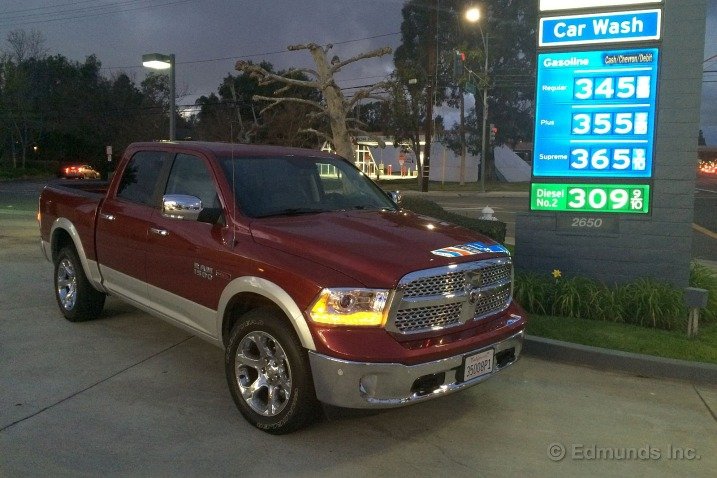
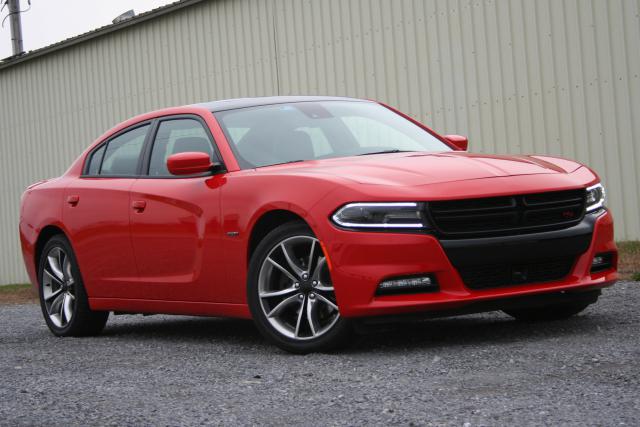
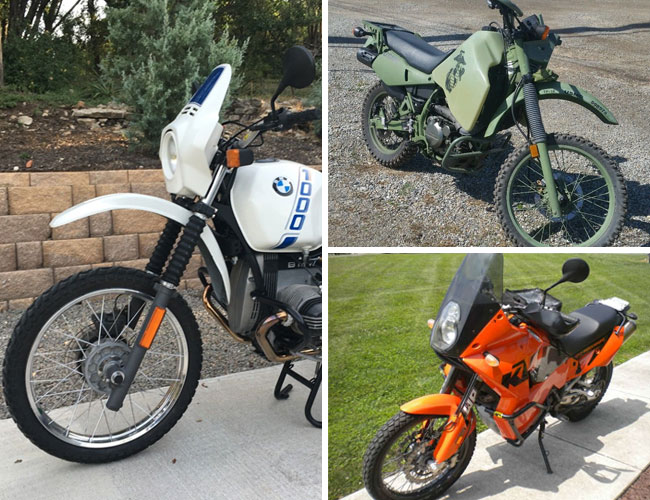
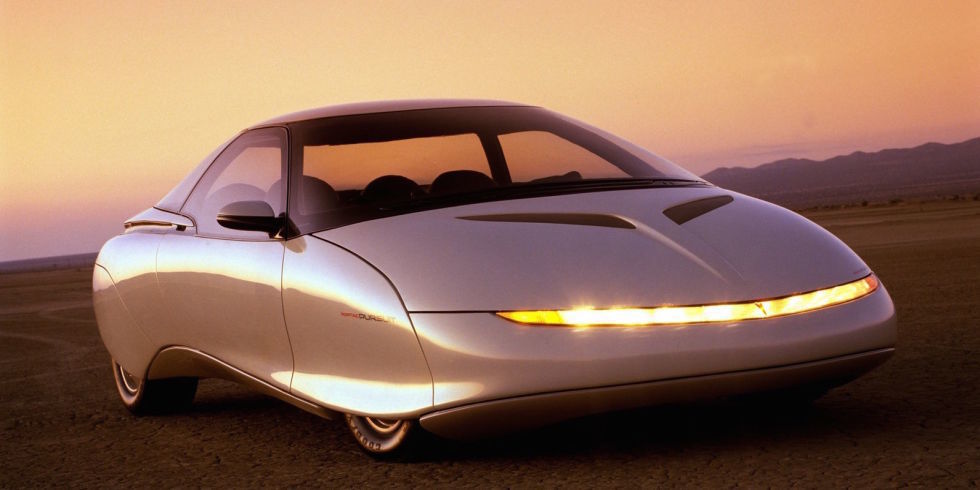
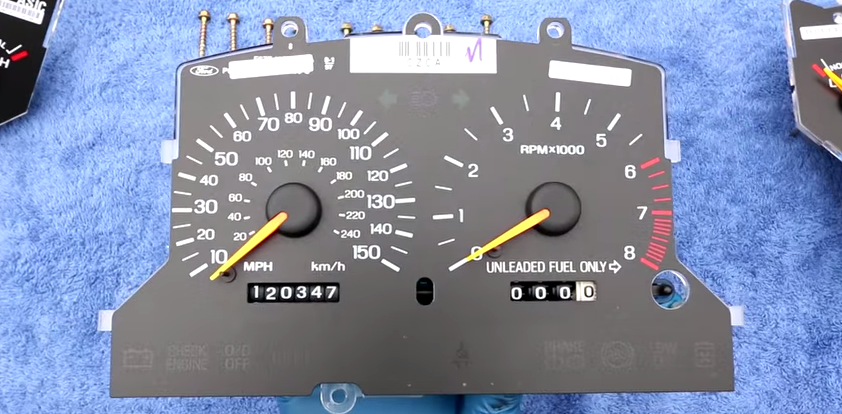
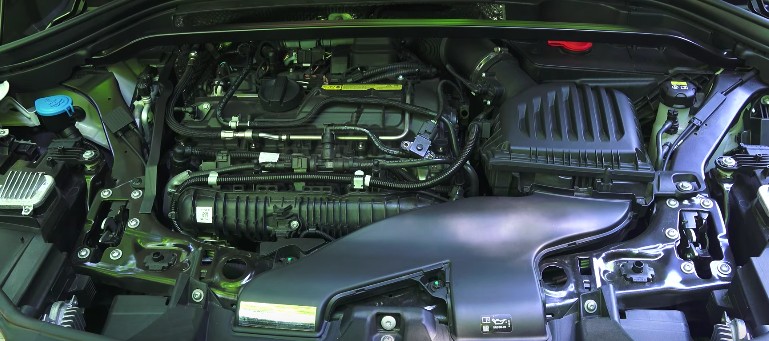
Recent Comments